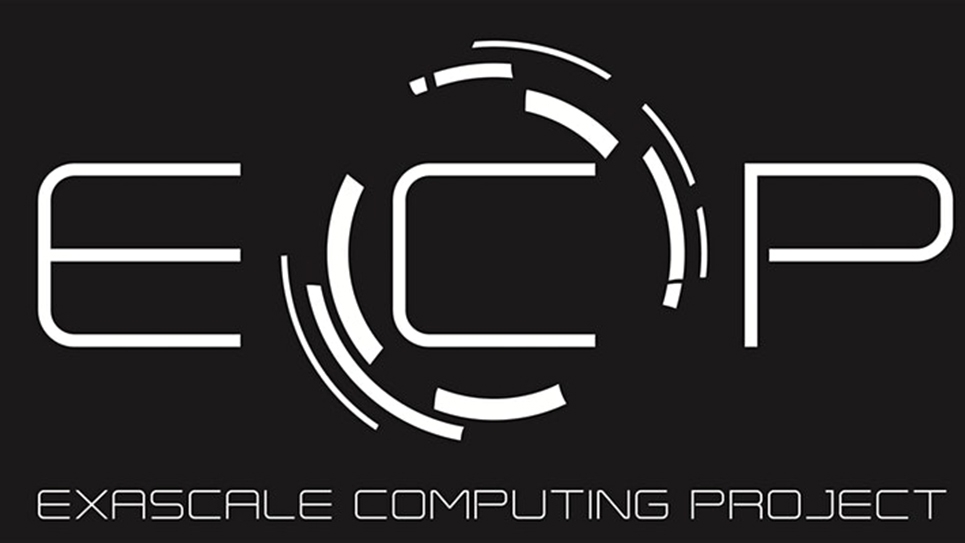
Tutorial: In Situ Scientific Visualization and Analysis Using ALPINE Ascent
Tutorial: In Situ Scientific Visualization and Analysis Using ALPINE Ascent
Scientific visualization is a key component of simulation workflows. Visualization tools transform mesh data into pictures that help simulation users digest and understand complex science results. Visualization is often done post-hoc using files written to disk, however at extreme scales that model is strained by gaps between I/O and compute speeds. In memory processing, a type of in situ processing, can help avoid these I/O bottlenecks and allow users to analyze more data.
We are developing Ascent to support production in memory visualization for HPC simulations. It leverages both distributed-memory (MPI) and many-core (CUDA or OpenMP) parallelism to provide ray-tracing, contouring, etc using the same HPC resources as a host simulation application. Ascent is one of the infrastructure thrusts of the ECP ALPINE Software Technology Project and will be used to deploy new automated data reduction algorithms developed by ALPINE. The ALPINE is team actively working to help integrate Ascent into ECP application codes and support visualization needs.
This tutorial will cover how to present data to Ascent, transform data, render pictures, and export results. Attendees can follow along and execute tutorial examples using cloud hosted Jupyter Notebooks or a public Ascent install.